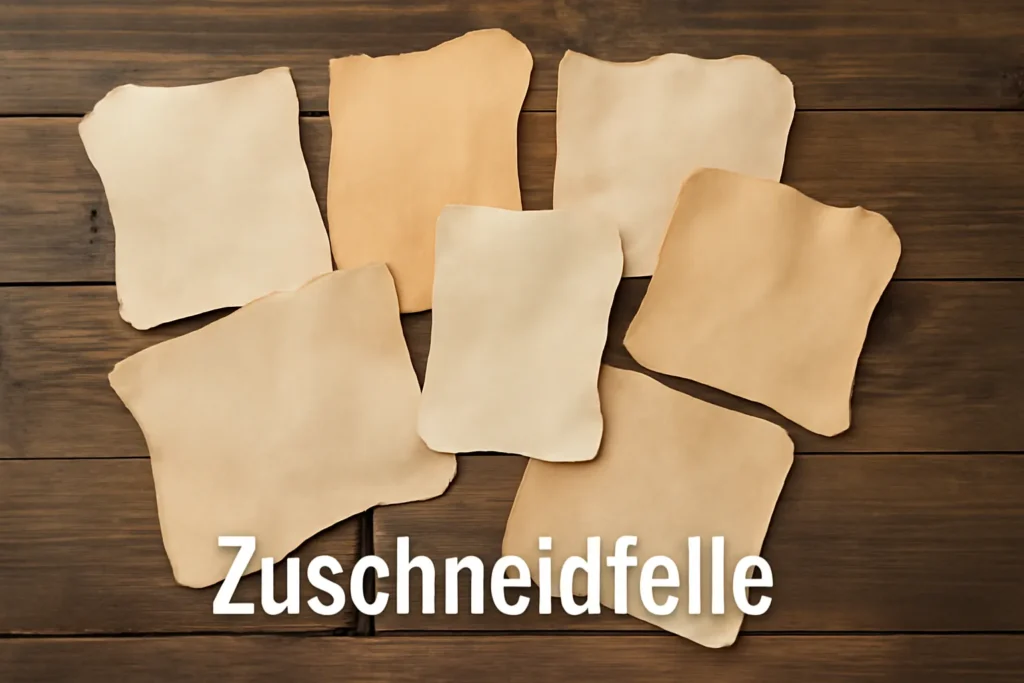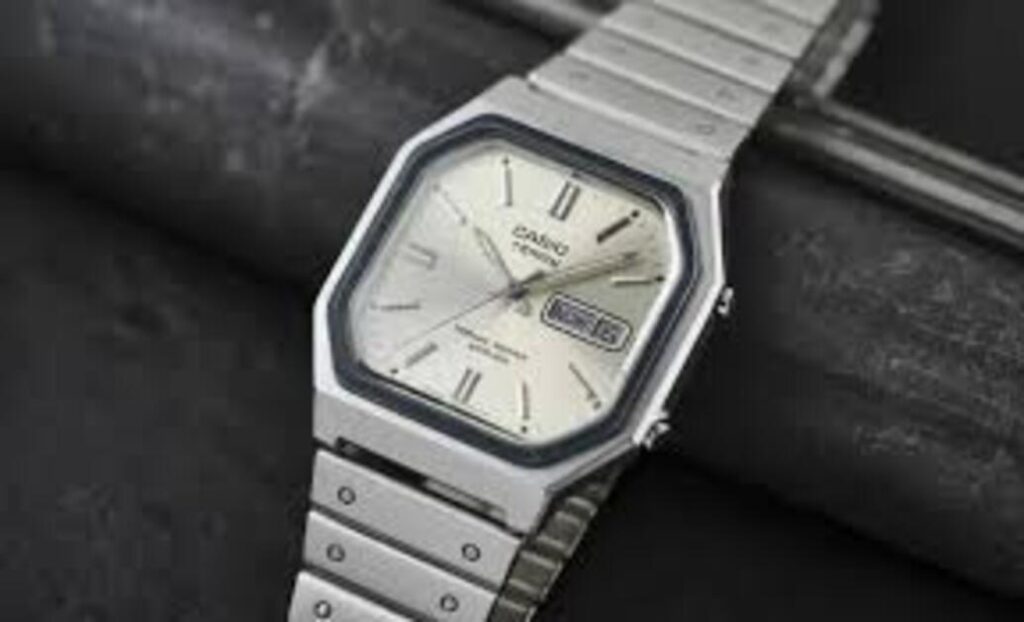In the domain of crafting, fabric design, and sewing, zuschneidfelle or cutting mats are invaluable tools that unlock efficiency and precision. If you are a professional designer, a DIY, or just a hobbyist, you have to appreciate the functionalities of the mats. This blog will clarify what zuschneidfelle are, what they are used for, and how to find the most appropriate one for you. We will also tackle any lingering questions to further assist you.
What Are Zuschneidfelle?
A zuschneidfel or cutting mat is a protective surface designed to cut fabric, paper, vinyl, plastic, and even leather. These cutting mats provide a self-healing surface so that work spaces can be shielded from damage and incisions can be clean and precise. They are crucial for innovative activities like sewing, quilting, graphic designing, and even scrapbooking.
The Technology of Self-Healing in Zuschneidfelle
Zuschneidfelle possesses self-healing capabilities. Put in simpler terms, once you cut on them, the surface of the material closes the tiny slits made by your cutting instrument. This ability optically deepens the smoothness of the zuschneidfelle while reinforcing mat accuracy used on rotary cutters, craft knives, and scissors. Mats also extend the longevity of the tools and the surfaces used in the crafts.
In What Ways Do Zuschneidfelle Contribute to Society?
Zuschneidfelle do not serve only as a cutting board. Their functions expand to disproprotionately important roles, such as:
Guarding Your Work Area:
Your working surface may become damaged by a blade. Zuschneidfelle prevent this by giving a protective surface to cut on.
Increasing Accuracy:
Zuschneidfelle are useful for cutting as a result of the many markings provided to guide measurements. It’s particularly useful in cutting straight lines or measuring.
Economically Friendly:
Ten’s of thousands of slashes across the mat and the self-healing technology ensures the mat looks new. This is a budget-friendly purchase for all.
Accident Friendly:
Materials do not slide when cutting because the surface of the mat has a non-slip material, significantly reducing the chances of cutting carelessly.
Types of Zuschneidfelle Mats
Zuschneidfelle are categorized into different types which are specialized for different functions. Knowing the specifics can assist you in selecting the appropriate mat for your project.
1. Standard Cutting Mats
These are the most standard types of mats which are most appropriate for crafting and sewing activities. They usually range in size from A1, A2, A3, and A4 which have gridlines and marked measurements that assist in easy cutting.
2. Rotary Cutting Mats
Rotary cutting mats are mats that are meant for rotary cutters, most of which are used for quilting. These mats protect the cutted materials and give a smooth surface for cutting.
3. Double Sided Mats
Some zuschneidfelle are double sided, thus having two useful surfaces. You can mat that gets used a lot more and is more practical.
4. Heavy Duty Cutting Mats
These types of cutting mats are more robust, thicker and tougher. They are used for the tougher cutting materials like leather and thick vinyl. They can also withstand intense pressure cutting without damaging the mat.
Guidelines for Selecting the Most Appropriate Zuschneidfelle
Selecting the most suitable zuschniedfel entails considering many details that can affect the performance of the zuschniedfel. Here are some of the most important features that should be considered.
1. Size of the Mat
The size of the cutting mat should be relative to the magnitude of the size of the projects being worked on. For smaller tasks, smaller cutting mats of size A4 or A3 would be smaller sufficient. However, on larger projects, for instance, making large quilts with other assorted pieces of artwork, larger cutting mats of size A1 would be much more efficient.
2. Material
Most cutting mats are made from PVC (polyvinyl chloride) or some flexible material. However, with the more advanced mats, they would use more eco-friendly materials, such as durable polyester or composite materials. The material should at least be self-healing and of durable performance.
3. Gridlines and Summary of the Mat
The cutting mats should at least have self-healing features, with s some protective layer to ensure other surfaces are not damaged. The upright and sideways should have clear, readable and logical gridlines and measurements. These lines help to achieve straight and correct cuts, which are important, especially in quilting and scrapbooking. Some mats are specially made with other random angles (45, 90 degrees) for other specific cuts.
4. Thickness
Like any other material, a mat is prone to cuts. The thicker a mat is, the better it can resist cuts and retain its surface structure. Thus, thicker mats are better suited for heavy duty tasks.
5. Safety Feature
To ensure stability and precision, the mat provides a surface with a slip-resistant feature.
6 – Maintaining the Condition of Zuschneidfelle
Constant rotation of the mat is important to make certain there is enough wear in each area.
7 – Avoid Excessive Exposure to the Sun:
Mat owners must pay attention to the fact that the mat can warp when exposed to sunlight for a long time. Therefore, the mat must be stored in a dry and cool area.
Wipe the Mat:
Moist wipes for dust removal and a mild soap for strong dirt are enough for a quick cleaning.
Don’t use Mat with a Deep Cut:
The reason for the cuts must be for the material to be healed. Excessive force is unneeded for cutting. Simply use the correct cutting tool.
Each of these principles are ways of ensuring the mat will be kept for a long time.
Frequently Asked Questions
1. What size zuschneidfel do I need?
Depending on the magnitude of the assignment at hand. For projects of smaller magnitude, an A4 or an A3-sized mat would do just fine. For projects of larger magnitude, an A1-sized mat would give ample space in order to do the cutting.
2. Are all zuschneidfelle self-healing?
Most self-healing technology mats of high quality do offer self-healing technology, but that is not the case for all mats. You need to check the product description before purchasing.
3. Can I use a zuschneidfel with any cutting tool?
Although zuschneidfelle are made to be compatible with a wide range of cutting instruments, there are some mats that do excel for the use of specific tools. For example, rotary cutters are best paired with rotary cutting mats, while craft knives can be used on any standard mats.
4. How long does a zuschneidfel last?
A good quality zuschneidfel that is properly taken care of can last several years. It should be noted that any heavy cutting on tough materials is adverse to the lifespan of the mat. To increase durability, remember to regularly rotate and flip the mat.
5. Can I use a zuschneidfel for fabric cutting?
Indeed, zuschneidfelle are used in the cutting of fabric, primarily used in quilting and sewing. They protect the fabric and ensure that precise cuts are made.
6. Is a zuschneidfel suitable for cutting leather or other tough materials?
Yes, heavy-duty zuschneidfelle are made for tougher materials such as leather and thick vinyl. Just ensure that the mat you select with thick and sturdy for such projects.



